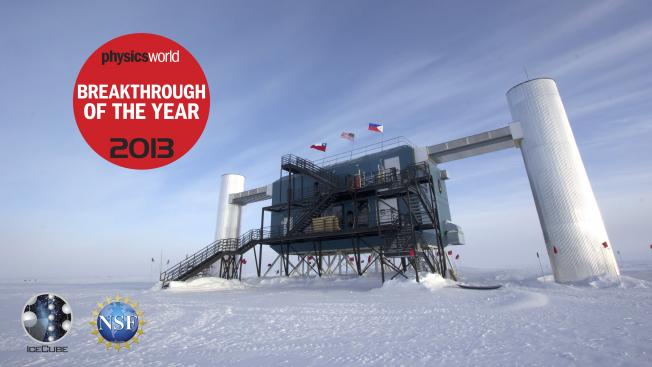Big bang nucleosynthesis limit on N_nu
ArXiv hep-ph/9901404 (1999)
Abstract:
Recently we presented a simple method for determining the correlated uncertainties of the light element abundances expected from big bang nucleosynthesis, which avoids the need for lengthy Monte Carlo simulations. We now extend this approach to consider departures from the Standard Model, in particular to constrain any new light degrees of freedom present in the thermal plasma during nucleosynthesis. Since the observational situation regarding the inferred primordial abundances has not yet stabilized, we present illustrative bounds on the equivalent number of neutrino species N_nu for various combinations of individual abundance determinations. Our 95% C.L. bounds on N_nu range between 2 and 4, and can easily be reevaluated using the technique provided when the abundances are known more accurately.Scale of SU(2)R symmetry breaking and leptogenesis
Physics Letters, Section B: Nuclear, Elementary Particle and High-Energy Physics 458:1 (1999) 73-78
Abstract:
Models of leptogenesis often invoke the out-of-equilibrium decays of heavy right-handed neutrinos in order to create a baryon asymmetry of the universe through the electroweak phase transition. Their presumed existence argues strongly for the presence of an SU(2)R gauge symmetry. We study the equilibrating effects of the resulting additional right-handed interactions and find that successful leptogenesis requires that mN≳1016 GeV if mN>mWR, and mWRR≳2× 105 GeV(mN/102 GeV)3//4 if mNBig bang nucleosynthesis: Reprise
(1999) 108-130



